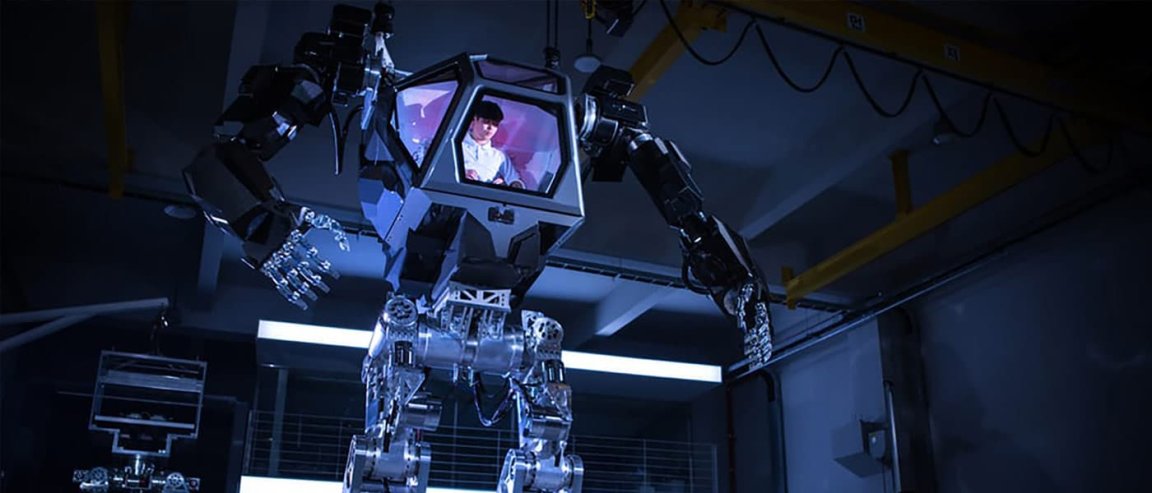
Fleeting Excitement
For a minute, it seemed like there was good news for anyone who has ever dreamt of becoming a Jaeger pilot. Videos and images of a four-meter (13-ft) tall, walking mech suit that could bring Pacific Rim’s robots into reality surfaced on Instagram.
The imposing exoskeleton was supposedly created by a Korean robotics company with the help of Moldovan-American designer, Vitaly Bulgarov. Bulgarov was the creative mind who designed the robots in Terminator, Robocop, and Transformers.
However, according to Live Science, we have some reasons to be skeptical of the bot:
The South Korean company that is supposedly developing the robot has virtually no online presence and was unfamiliar to robotics researchers contacted by Live Science. Furthermore, the only source for the videos or any information about them is the Facebook and Instagram pages of a designer whose website mentions a conceptual art project about a “fictional robotics corporation that develops its products in a not-so-distant future.”
Bulgarov still claims the massive mech suit is real. According to Bulgarov, the video was leaked, and the company will do a “proper press release” when the robot is completed in 2017. “Frankly, right now, we don’t even really care if people think this is legit because we didn’t try to promote it,” Bulgarov said.

Further Skepticism
According to Ronald Fearing, professor of electrical engineering and computer science at the University of California, Berkeley, the technology is plausible. However, the video itself is leading scientists to further question the technology’s authenticity.
Christian Hubicki, a postdoctoral robotics researcher at Georgia Tech who worked on the DURUS robot, told Live Science that the bot’s leg joints look unusually smooth given the force that the step of a 1.5-ton robot would exert on the motors. Of course, Bulgarov had an answer to this skepticism. He noted the dampers in the robot’s feet make its motion smooth. He also said the robot wasn’t built for use as is, but as a platform to show off various technical feats.
It’s possible that Method-1 may not be real, but other bots created to provide mechanical assistance already exist. After a 90-year attempt to bring to life a robot that could move in waves, the SAW robot was unveiled by engineers at Ben-Guiron Universtiy of the Negev. Another machine developed for search and rescue missions is the CRAM. The cockroach-inspired robot is designed to run swiftly through small spaces, making it an essential tool for first responders who have to assess earthquake rubble survivors.
These advances in robotics are making it possible for engineers to build machines that will prove to be invaluable. When it comes to Method-1 though, Hubicki still urges skepticism:
At some point, you have to ask yourself, ‘Did a secret company with no obvious ties to existing humanoid robotics groups actually develop a giant humanoid robot with likely unparalleled power and torque, and instead of sending out a press release, they unveil the robot by dribbling out low-resolution videos on Instagram via an affiliate who just so happens to be a visual effects artist?’